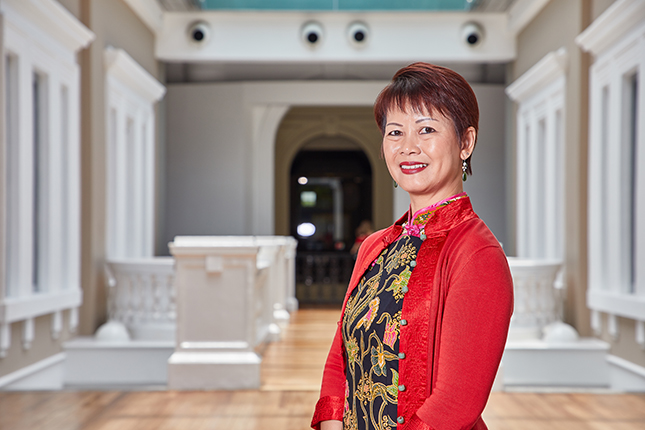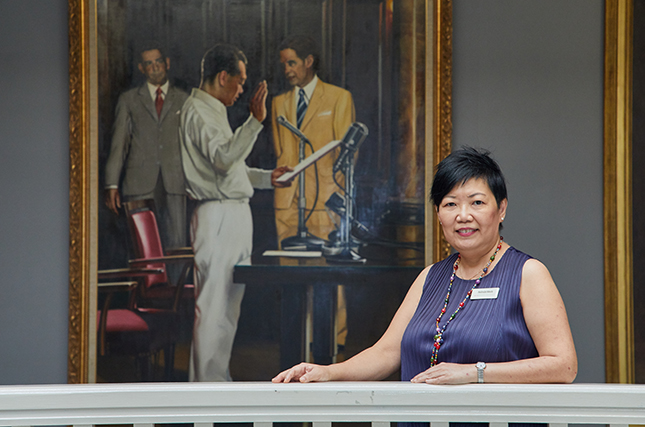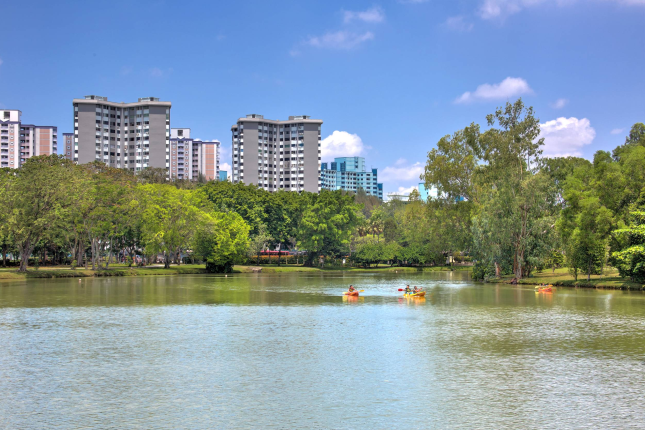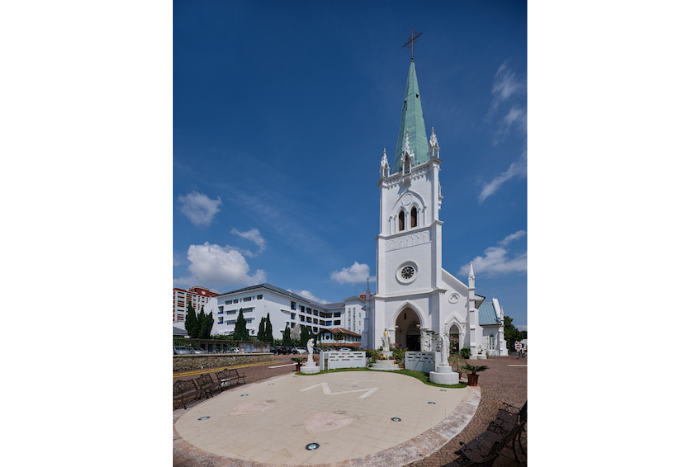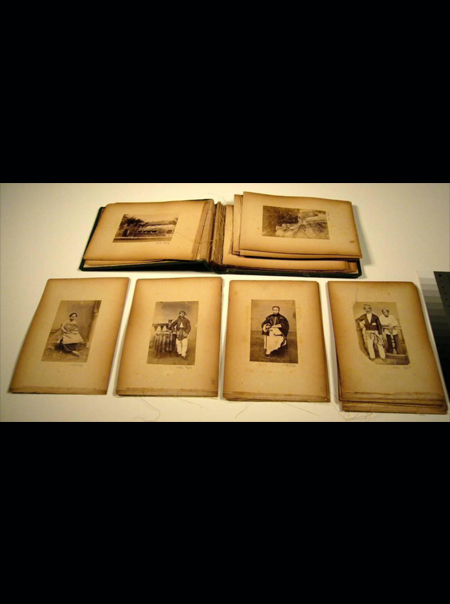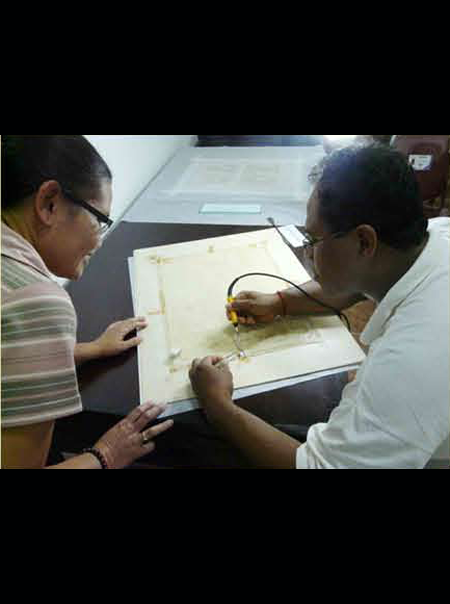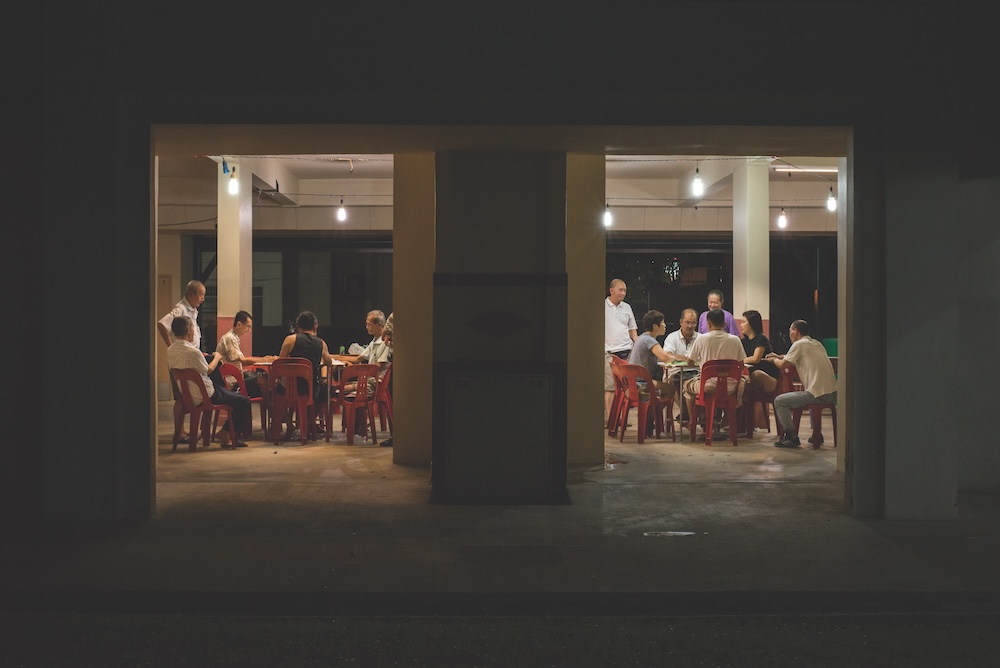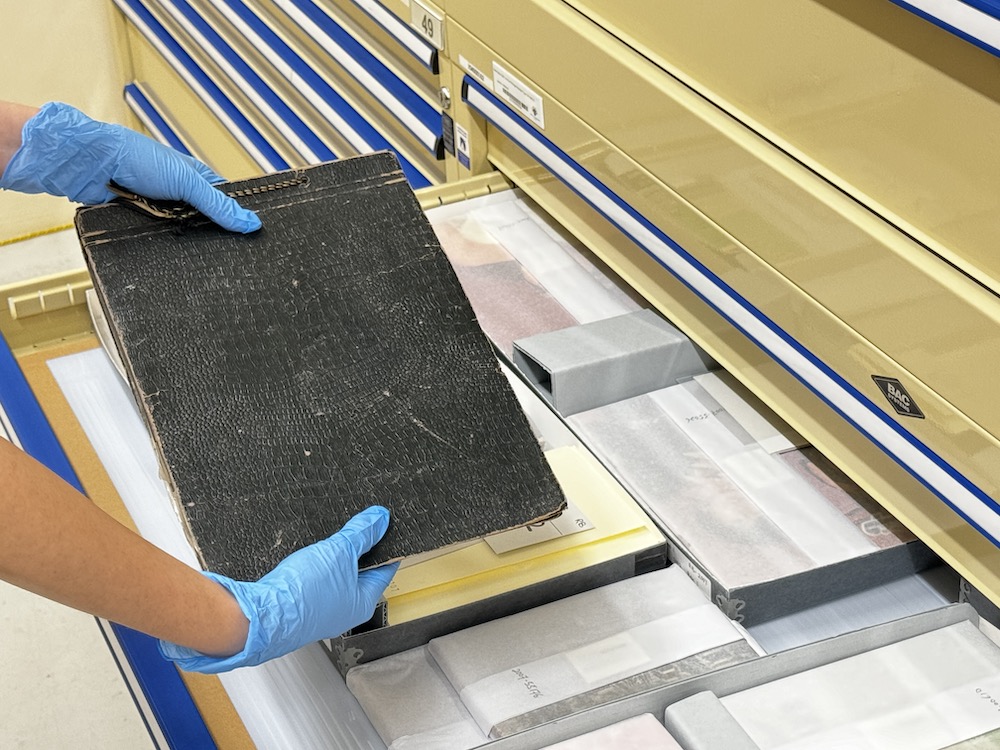TL;DR
Since 1965, Chan Brothers Travel has been delivering guided tour packages and other travel services to travellers from Singapore. Tracing its history allows us to understand how brick-and-mortar tour agencies had shaped the experiences of Singaporean travellers and responded to changing travel trends during the 1960s-90s.Text by Chong Wen Xiu Trina (NTU History Programme)
Pre-COVID, Singapore ranked among the most popular tourist destinations worldwide. The Singapore Tourism Board (formerly Singapore Tourist Promotion Board) had taken deliberate efforts to attract visitors to the little red dot. But from the 1980s, Singapore was just as notable for its outbound tourism, having seen more than 500,000 tourist departures in 1986. Have you ever wondered what travelling was like for Singaporeans during the 1960s-90s?
Travel, especially for leisure, did not gain much traction in the first decade of Singapore’s independence. The economic challenges of unemployment and shrinking entrepot trade meant that many Singaporeans could afford neither the time nor money to go on a holiday. Leisure tourism was thus a luxury that only a minority of Singaporeans had access to. Contrastingly, short trips to neighbouring Malaysia were popular especially during the Lunar New Year.
For the lucky ones, securing a train or air ticket to a foreign country was just the start. A successful trip required elements such as accommodation, food and transport to places of interest. Yet in the 1960s-early 1970s, sources of information that tourists could rely on were limited and disparate. Travel guidebooks by Lonely Planet and tourist maps informed Singaporean travellers about the history, customs and attractions of various destinations. These formal resources were supplemented by word of mouth from experienced travellers with useful tips to impart to their less experienced counterparts. Nonetheless, the scarcity of such resources made it a hassle to plan trips.

It was in this context of ‘information underload’ that tour agencies rose in influence. In a modest pre-war shophouse at Cecil Street stood Chan Brothers Travel, a three-staff company that initially sold air and train tickets to nearby countries. The company was founded in 1965 by Mr Chan Liang Choy who recognised the potential for growth in the travel and tourism industry as Singapore’s economy developed. Born in China’s Fujian Province in 1924, Mr Chan Liang Choy had worked for several years in Myanmar and Singapore before starting a business in his family name at age 41. The business soon began selling guided tour packages. Several years and many successful tours later, Chan Brothers Travel moved to Fook Hai Building and became a household name.

Chan Brothers Travel provided a one-stop solution for travellers who lacked the know-how and/or patience to settle their travel arrangements. The direct links the company enjoyed with airlines, hotels and overseas agents enabled it to streamline the booking process while providing its customers with reliable, affordable services. A tour booking typically started with a trip to the Chan Brothers Travel office at Fook Hai Building, where one would be handed a collection of travel brochures indicating the prices and itineraries of available packages. Albums that compiled photographs taken by Chan Brothers Travel tour leaders on previous trips were also used as a sales tool to pique the potential customer’s interest in destinations on offer. A week or two before the trip, mass pre-departure briefings would also be conducted in mini theatrettes in the Chan Brothers Travel office.

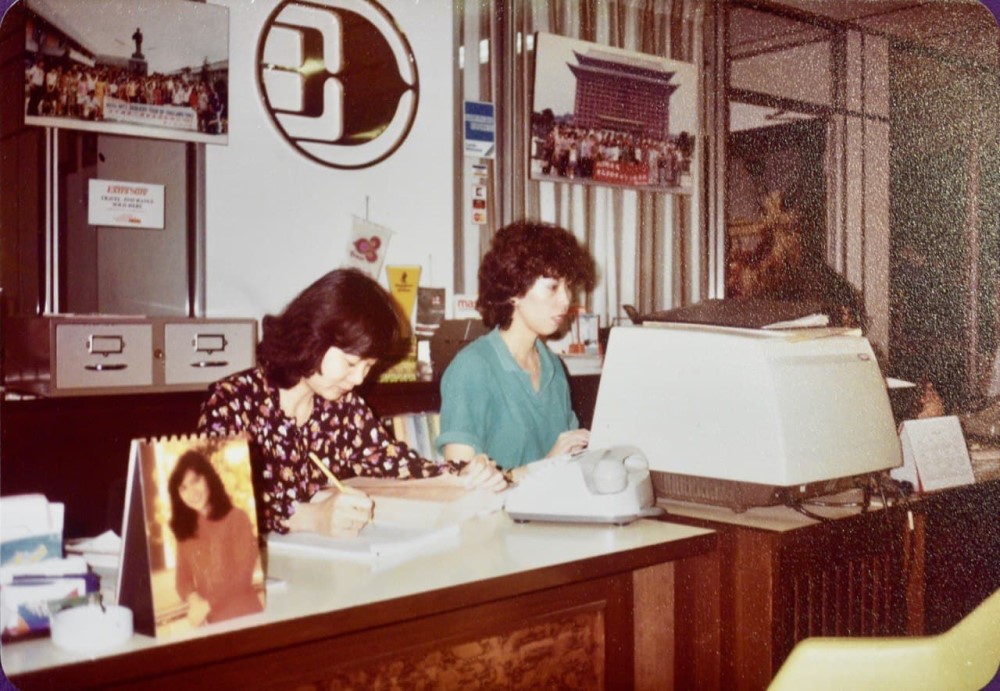
By the 1980s, Chan Brothers Travel tours not only covered Asian destinations like Hong Kong, Thailand and the Philippines, but also distant countries in Australia, Europe and North America. The diversity of destinations indicated Chan Brothers Travel’s success, which was related to Singaporeans’ growing appetite for travel.

Indeed, the 1980s saw a significant boom in the outbound travel market. Rising income levels coupled with the opening of Singapore Changi Airport in 1981 made travel easier and more affordable. Singaporeans redefined the value of travel: as a necessary respite from the monotony of work, a family bonding experience and even a retirement reward. But as travellers became more seasoned, their expectations and traveling styles also evolved. This led Chan Brothers Travel to expand and differentiate their product offerings.
In 1983, the company introduced the “hotel-on-wheels” concept which brought Singaporeans on tours around Europe in double decker buses fitted with sleeping berths and a kitchen. The tours resembled a camping trip since travellers were involved in the cooking and cleaning. A Free and Easy Travel department was also set up to render travel assistance to those who preferred to travel independently. Other available itineraries included romantic trips for couples, school trips and incentive trips. Evidently, travel preferences shifted over time and tour agencies like Chan Brothers Travel had to adapt to these changes in order to remain relevant and competitive.


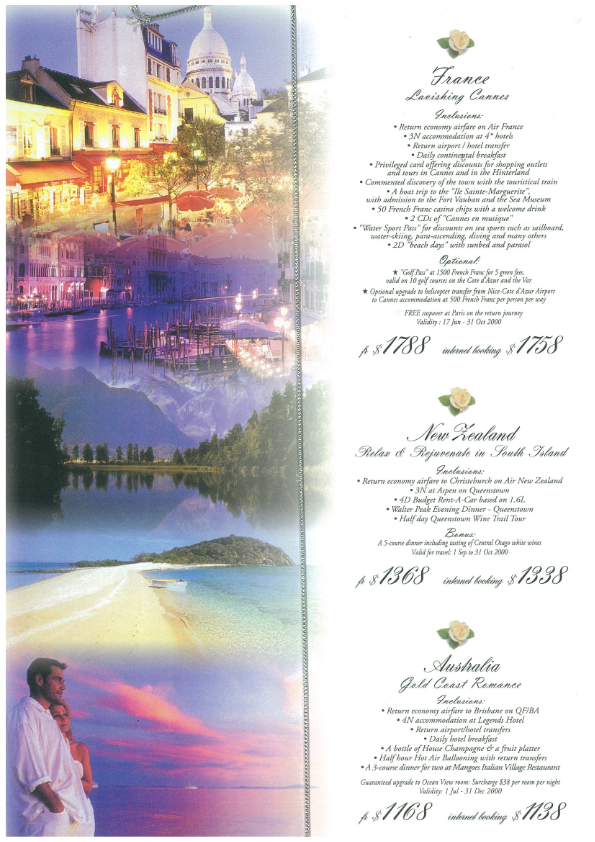
Tour leaders put on many hats. Ms Koh, a former tour leader at Chan Brothers Travel shared that besides managing the group and explaining sites of interest, tour leaders also needed to respond effectively to unforeseen situations like injuries or flight delays. Some travellers might even request special arrangements such as flowers or a cake for their wedding anniversaries.
Recognising the significant role played by tour leaders, Chan Brothers Travel embarked on a consultancy project with the National Productivity Board (predecessor of the Standards, Productivity and Innovation Board or SPRING Singapore) in 1990 to provide customised employee training. The first of its kind in the travel industry, the project was extended to all of its 150 employees, from tour leaders to front desk salespeople. In line with their business philosophy of “Always, service with a smile”, in-house training on counter sales and telephone techniques were prioritised. The reigning Miss Hong Kong, Ms Pauline Yeung, was invited to officiate Chan Brothers Travel’s 1988 in-house courtesy campaign which aimed to promote the importance of courtesy in the service industry.


Chan Brothers Travel’s heavy emphasis on its people serves as a reminder of the irreplaceable human element of engaging brick-and-mortar travel agencies. Even if online travel agencies (OTAs) can complete the same tasks that brick-and-mortar travel agencies can, they arguably cannot replicate the personalised, real-world customer experience that the latter excels in.
The start of post-pandemic travel spells exciting opportunities for tour agencies like Chan Brothers Travel which have been directly affected by global travel restrictions. For travellers who are unconfident about navigating the hodgepodge of COVID-19 guidelines, the services of brick-and-mortar tour agencies may prove immensely valuable.
About Partner
The NTU History Programme strives to be a leading centre for researching and teaching interdisciplinary, Asian, and world/transnational history, while pushing innovative and immersive approaches to learning about and exploring Singapore's past and heritage. It welcomes students, scholars, and interested members of the public to join them in these endeavours.
Find out more about their programmes, research, and events at http://www.soh.ntu.edu.sg/Programmes/history/Pages/Home.aspx or find them on Twitter (@NTUHistory).
This article was developed for Singapore Heritage Fest 2022






